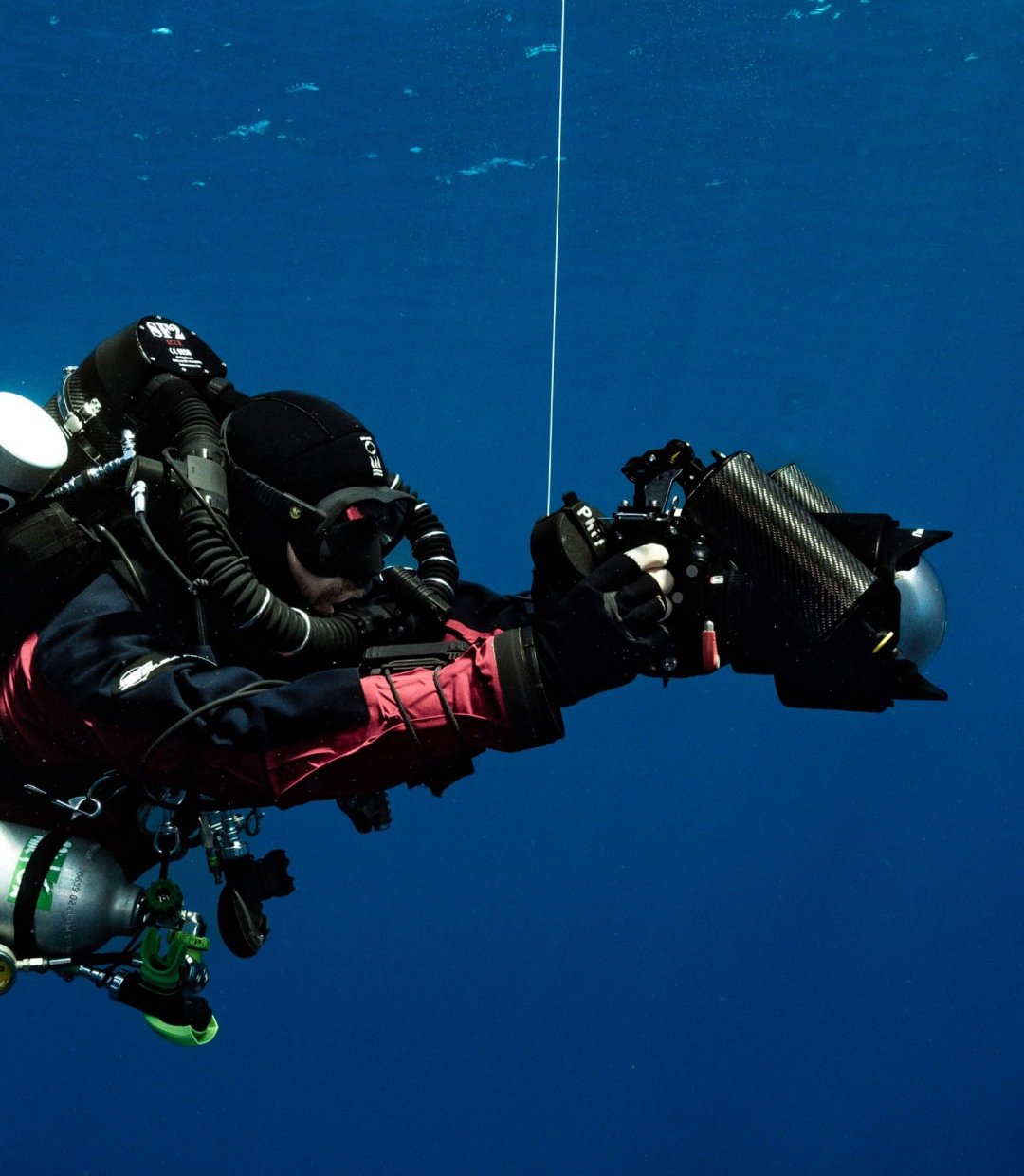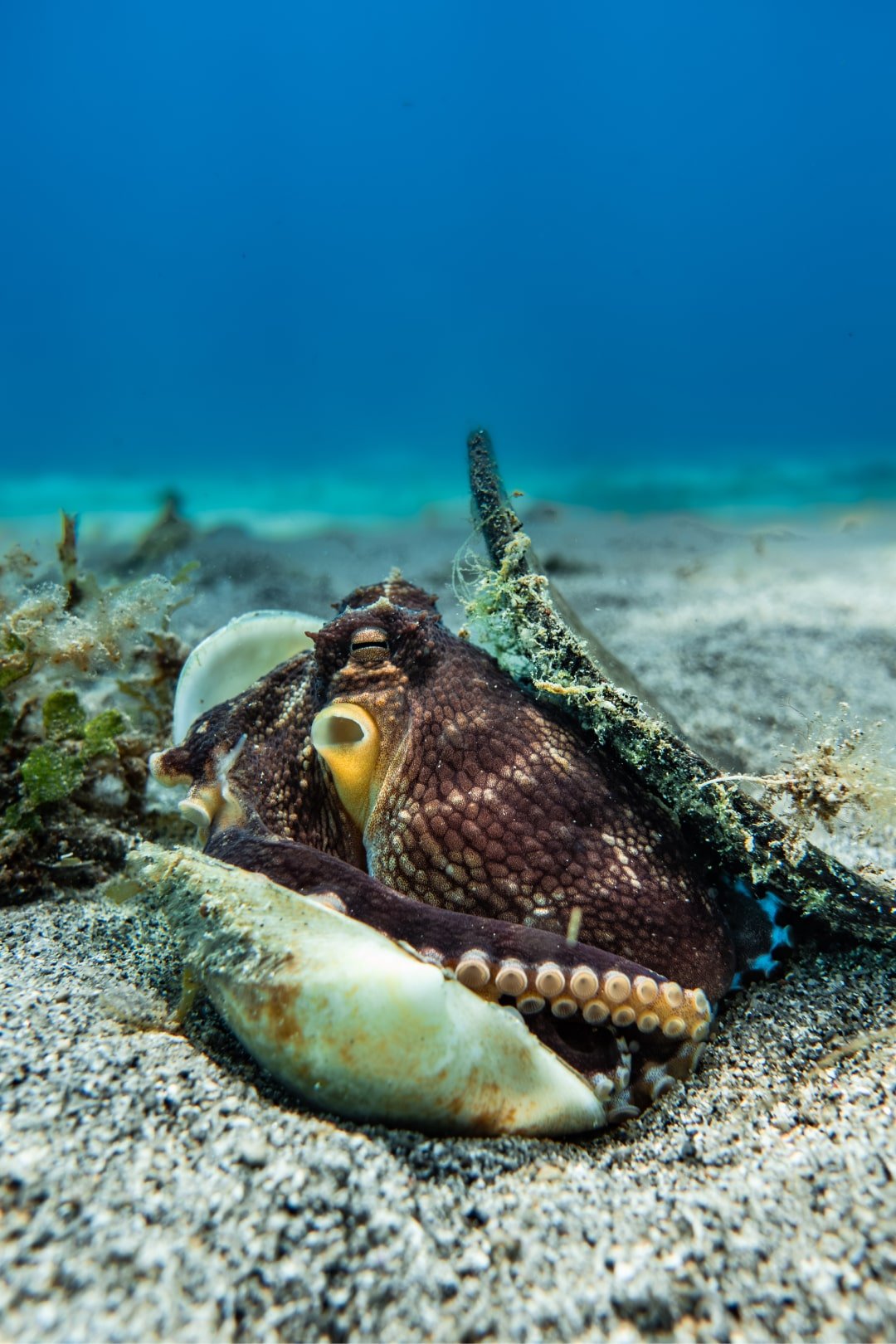Understanding the basics
When it comes to taking good photos underwater it is important that we understand some of the basics of underwater photography. This comes down to how water affects the light that we have to work with and our composition.

When it comes to taking good photos underwater it is important that we understand some of the basics of underwater photography. This comes down to how water affects the light that we have to work with and our composition.
There are two effects that water has on light that is important to understand. Firstly, since water is more dense than air, light does not travel as well in water. The result of this is that the deeper you go, the darker the environment you have to work with becomes. In fact 50% of the light from the sun is reflected at the surface of the water.
Secondly, the lack of natural light results at a “change” of colours with depth. This will cause a significant loss in certain colours. The first one to diminish would be the red one, while the blue and the green will pop up. Something you might have noticed when going scuba diving.
When taking a photo it’s not only about having enough light, but also knowing how to compose it as well. It is the way you design how and where you put your subject (marine life) in the frame, as well as what to have in the background and foreground. For example, if you are taking a photo of a fish you should choose a simple background so that your subject can be in the centre of attention, rather than having it in front of a crowded background with other objects with similar colours.


Choosing what camera to get can be a difficult task. You will often find yourself using the price as a reference to quality, but it doesn’t necessarily guarantee you the best suited camera for your level. Getting an expensive, high-end camera will no doubt give you a powerful solution. On the other hand, in order to be able to fully utilize its potential, you need to get familiar with all features and details. A more budget-friendly, point-and-shoot camera will do most of the job for you when it comes to settings and colour balance. This will allow you to spend less time fiddling with it, and more time to enjoy the time and capture what you see.
Most action cameras nowadays have a very high quality in both video and photo mode, and rarely come with any extra costs in regards to underwater camera housings.
Regardless of your photography experience, taking part in an underwater photography course gives you the opportunity to get hands-on experience with different cameras and techniques, with a professional underwater photographer. What you can expect from a general course of underwater photography would be:
After attending such a course, you will be equipped with a better understanding and knowledge to take photos that convey the feeling that you get when you experience marine life yourself.
So are you ready to start or continue your underwater photography training? Check out our Underwater Photography course, now also available online, please contact us if you would like more information!

Office hours 08:00 - 20:00 GMT+7